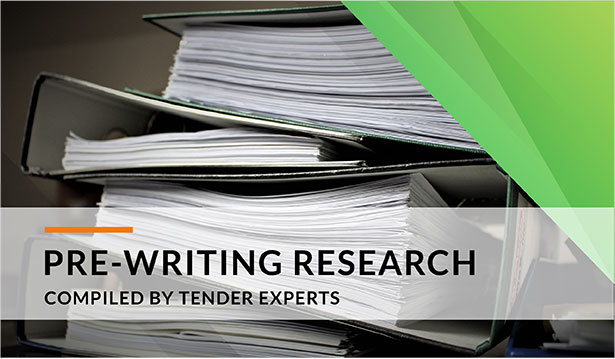Procedures You Should Have
Internal Procedures
Recruitment – Whether you are compliant with employment law and any sector specific requirements (professional registrations for example). A recruitment procedure will involve fair and equitable processes of selection and a series of pre-employment checks and validations. It is also useful to have an equal opportunities monitoring form to show the background of all prospective employees, whether employed or not, in order to evidence your compliance with equal opportunities legislation.
Staff Training /Development – How you train your staff, what development opportunities they have, whether you are fair and equitable in the way you implement staff development. This should also include procedures for reviewing your training delivery and workforce training requirements.
Leadership / Governance – How do you manage and lead your company, what are your leadership styles and the training/experience of the company leaders and how do you communicate with and engage your staff.
Quality Assurance – Quality Assurance refers to the systems and procedures you have in place to assure and maintain the standards and quality of your products or services. It encompasses the ideas of ‘fit for purpose’ and ‘timely delivery’ and, whilst the specifics vary by industry sector, it will include systematic monitoring, comparison with national or industry standards and regulatory requirements and robust feedback from the end users’ point of view.
Writing a Procedural Tender Response
During the tendering process you will be required to describe your company procedures. This will occur at both the Selection Questionnaire and Invitation To Tender stage and this information provides the evaluators with a way of assessing your internal management and establishing whether you are capable of and fit to deliver the contract.
Your aim with these types of questions is to demonstrate to the evaluators that you have strong and effective management systems in place. There are two parts to the statement; you have the systems in place and that they are working. Often, the question will be worded in such as way as to test the latter of these – can you evidence that your procedures are working.
Describing your Procedures – make this detailed and complete. Break your procedure down into its individual components and describe each in turn. Show that there are robust lines of responsibility and accountability at each stage. Be specific and don’t assume the evaluator can fill in the gaps or the detail – they can’t. Show how your procedures are compliant with all relevant legislation, standards and regulatory requirements.
Showing they Work – if you recruit staff, how do you know you select the best candidates? If you train your staff, how do you know they retain anything? If you have a Quality Assurance system, how do you know it keeps your products or services at the required standards? These may sound like self-evident questions, but how do you prove it? How can you evidence it to the evaluators? As well as establishing and implementing strong procedures, you must also have effective monitoring and feedback systems to ‘close the loop’ – for example, regular audits, end-user feedback and post-training testing.
So, your response to a question about your procedures will, broadly speaking, go like this – these are the stages and components of our procedure, this is who’s responsible and accountable for it working, this is how it complies with everything it needs to comply with and this is how we can prove it to you (always close the loop).





